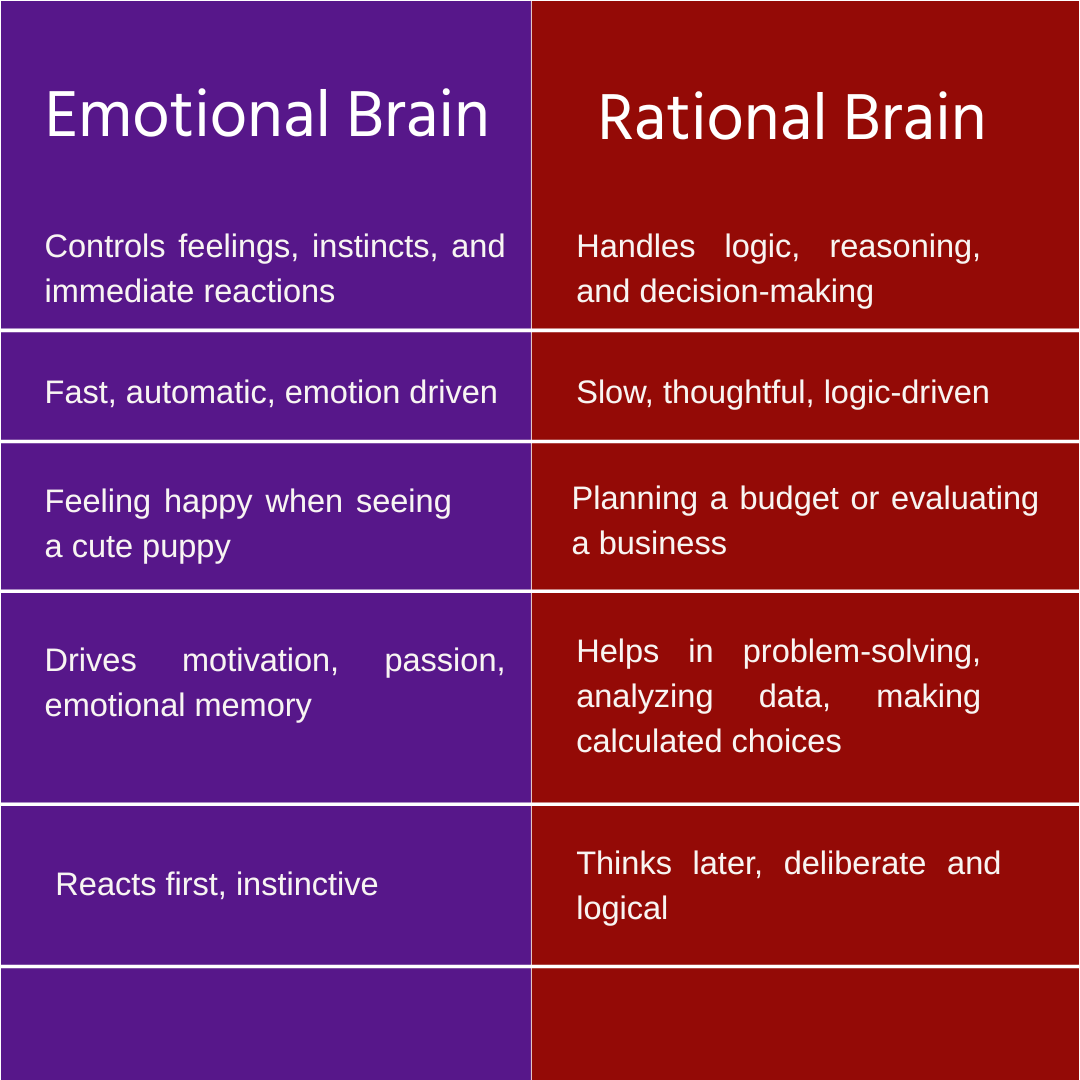Published October 24, 2025
Neuromarketing is a field which has some “established” definitions but many competing ones. Utilizing the best of neuroscience, psychology, and marketing it explores unconscious drivers for consumer behavior. Competing with traditional marketing methodologies governed by surveys and self reporting, neuromarketing is interested in accurately quantifying emotional and physiological responses to more accurately predict buying choices. This method allows brands to develop engaging, effective campaigns that resonate with consumers in a more personal way.
Keytake ways
- What It Is: Neuromarketing is a marketing field focused on applying neuro and psychological knowledge to analyze how consumers subconscious respond to different types of products, from food and drinks to cars or furniture.
- Why It Matters: Brands can tap into that as an emotional connection with consumers, which makes ads work better and allows for predicting purchase behaviors.
- Benefits: Discovering hidden drivers among consumers’ subconscious, and supporting creativity with data insights while saving ad spend.
- Methods: Methods encompass eye tracking, EEG, fMRI and biometrics.
- Conclusion: The Smart Choice for Marketing on Overdrive Source neuromarketing can give you an edge in this increasingly competitive environment.
For taking Digital Marketing Service
Find the best Digital Marketing Service Ever

What is Neuromarketing?
It’s the science of how brains respond to marketing. It brings neuroscience, psychology and marketing together to really dig into how we as customers behave. Rather than relying on questionnaires or biases, neuromarketing works with the subconscious reactions that motivate purchasing among consumers.
Why Neuromarketing Matters
Traditional marketing tends to listen to what customers say.Neuromarketing goes a step beyond to measure how they feel and respond. Which allows brands to develop these much stronger emotional connections and the ways that impact advertising performance, a better understanding or prediction of buying behavior.
Key Benefits:
- Finds Subconscious Triggers For Why They Buy
- Improves ad creativity and engagement
- Improves data supported customer-life by insights
- Helps reduce wasted ad spend
- Neuromarketing Techniques
Neuromarketing Techniques
Below are some popular tools and techniques employed in neuromarketing research:
- Eye Tracking -Marketers imagine where people’s eyes are supposed to go on packaging of products. For example, if your customers are spending longer at the CTA button and getting confused by it means bold placement.
- EEG (Electroencephalography) – Monitors attention and emotional engagement through brain wave patterns. Good for testing product concepts, radio ads or video ads
- Functional Magnetic Resonance Imaging – Provides detailed images of how the brain responds to various marketing stimuli. It’s very accurate, also it’s expensive.
- Facial coding – An assessment of small, unconscious movements in the face when exposed to ad content such as joy, surprise or disgust.
Biometric Monitoring – Monitors heart rate, pupil dilation and skin responses to understand how people physically react to advertising
What is Rational Brain ?
This is the area of the brain that controls logic, analysis and decision-making through facts and reason. It weighs pros and cons, thinks long term and assists with making conscientious choices.
What is Emotional Brain ?
This is the brain part that controls feelings, instincts and impulses. It immediately responds to experiences, creates emotional reactions, and makes impulsive decisions. Feelings such as the joy of being alive, fear or excitement can radically affect behavior and in some cases can override rational thought.
Difference between Rational Brain and Emotional Brain

Examples of Neuromarketing at Work in the Real World
Coca-Cola vs. Pepsi –Brain reactions were different among those who drank Pepsi or Coke while receiving brain scan tests. With people’s heavy association with the Coca-Cola brand, it generated stronger feelings even when phenotypically identical in taste. This demonstrates the power of branding in our choices and we may not even notice it.
IKEA Store Layout – Neuromarketing ideas IKEA makes use of in its ingenious interior so that patrons are able to move around the catalog. The store is designed to entice shoppers to linger longer and make more impulse buys.
Google’s Research on Ad Effectiveness –Google runs eye-tracking studies to learn how people read and click on search results and ads. That’s helped put ads in places where people like to use them.
How to Apply Neuromarketing in Digital Marketing
If you are a business owner or marketer you do not need expensive machines to use neuromarketing. Instead, focus on:
- Feelings in Content– Tell stories, evoke feelings with visuals.
- Color & Design – Opt for colors that impact emotions
- Scarcity & Urgency – Limited time offers can indicate Fear of Missing Out (FOMO).
- User experience– Make It easy to navigate and reduce decision fatigue.
The Future of Neuromarketing
Neuromarketing is still in its youth, but it already has great potential.. As AI and machine learning get better, brands can use insights from the brain and behavior to craft marketing at an extremely personalized marketing strategies.
Conclusion
Neuromarketing is the marketing of now, not a trend. And it means that by knowing more about how people’s brains respond to ads and messages, businesses can make smarter campaigns that build real trust and sell more. And in the crowded digital landscape we inhabit, those brands who grasp this knowledge of human behavior will be a step ahead.

